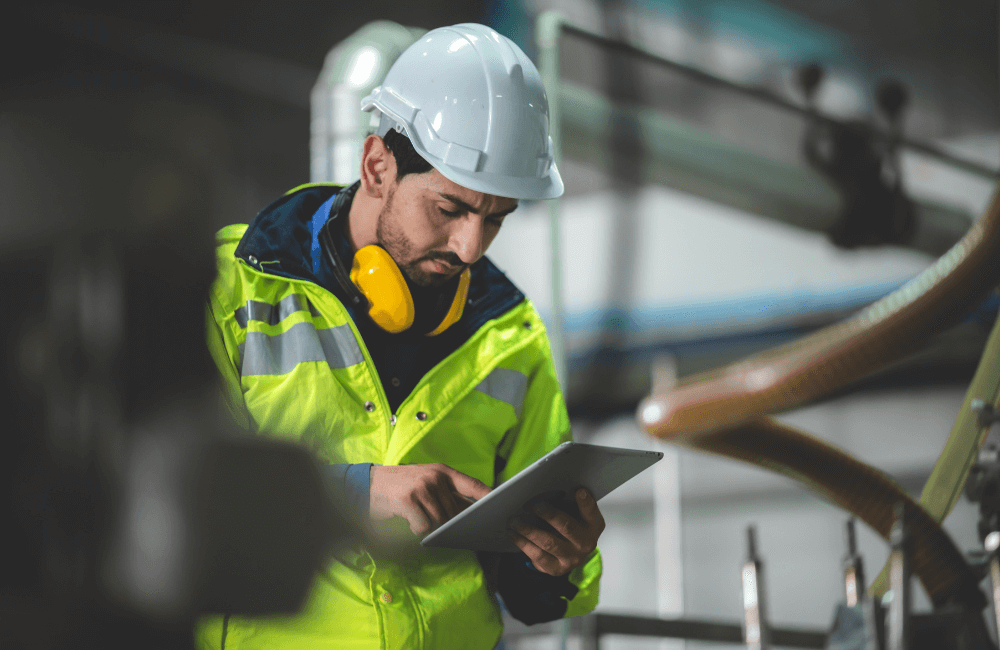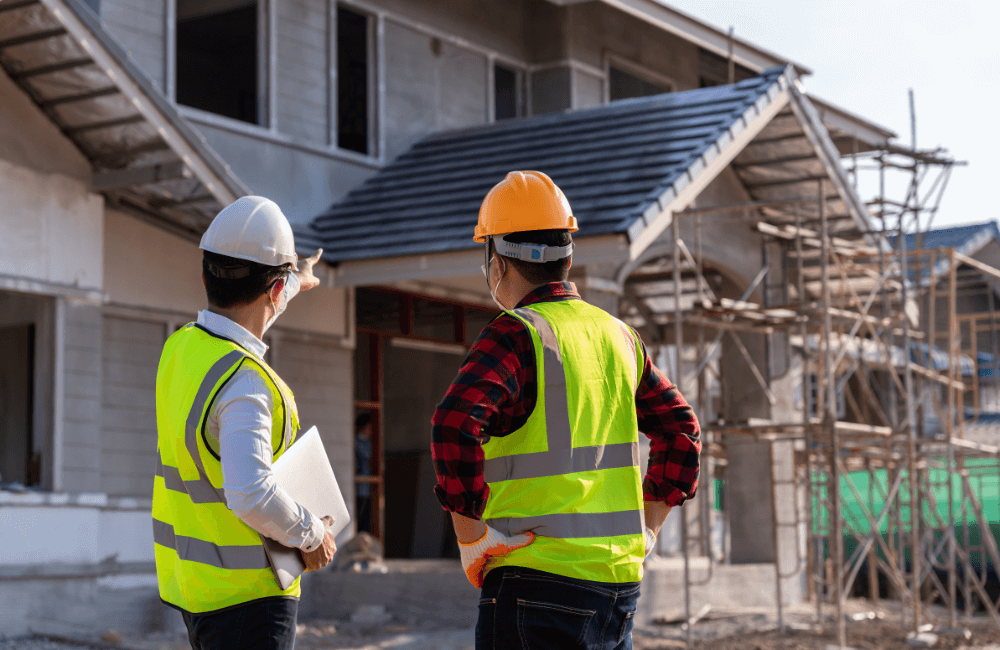Get A Free Quote
1300 007 782
Call Us On:
1300 007 782G10/RMS Accredited
Competitive Rates
ZERO Accidents or Injuries
25+ years combined experience
50+ years combined experience
Competitive Rates
G10/RMS Accredited
ISO Certified

Safety audits are regular safety check-ups for your construction site and are a necessity in such a dangerous industry. Work-related deaths and traumatic industries are high in the Australian construction industry. As a person conducting a business or undertaking (PCBU), you have a duty to protect the health and safety of your employees as much as possible. Construction safety audits are essential for protecting the well-being of everyone on site.
In the construction industry, the biggest hazards include working at heights, dealing with moving vehicles and slips, trips and falls. A safety audit aims to identify these and other risks that may lead to accidents or injuries. It ensures that PCBU takes preventative action in order to reduce these risks.
How can you be sure your construction safety audit covers all the bases and doesn’t miss anything important? That’s where SSTC comes into the picture. A long-term trusted name in the construction industry, we can help you meet construction safety standards and protect the well-being of your team, contractors and the public.
Construction is widely recognised as one of the most dangerous industries in Australia, with 27 fatalities recorded in 2022 alone. While there have been significant reductions in the number of injuries and deaths in the last ten years, construction work is still high-risk. Even if neglecting to address safety concerns doesn’t lead to fatalities, it can still result in serious injuries and worker's compensation claims. A construction safety audit has more benefits for your business than simply meeting safety requirements. Some important benefits of a safety audit include:
This is the most important benefit of a construction safety audit. It improves the workplace health and safety standards of your site, reducing the likelihood of accidents causing injuries and fatalities.
Regular safety audits contribute to a workplace safety culture that uplifts employee morale. Employees who feel safe are likely to be harder working and more productive.
High safety standards lower the likelihood of losing money due to delays, medical expenses, and worker’s compensation claims.
Companies that prioritise safety improve their reputations in the industry, which helps them attract top-quality talent and better-paying clients.
Raising safety standards ensures that all staff are aware of procedures and protocols and helps determine where higher standards and further training are needed.

Safety audits are different to safety inspections, even though the two terms are often used interchangeably. A safety audit is a thorough and comprehensive evaluation that involves a detailed assessment of all kinds of factors, from safety training documentation to compliance with local regulations. A safety inspection is a more detail-oriented analysis of specific conditions and equipment.
Some key elements of a construction safety audit include:
Audits help identify potential hazards and unsafe practices before accidents can occur. Points to pay attention to include the scaffolding (is it erected by a competent professional?), roofs (is there edge protection?) and site fencing (does it successfully protect your site from unauthorised access?).
A safety audit often involves examining important documentation, such as safety procedures, training records, and incident reports, to determine their effectiveness.
Does your site have suitable personal protective equipment for your staff, such as safety shoes, hard hats, and ear protection? A construction safety audit is likely to assess its availability, the type of condition it’s in, and whether it’s being used for its intended purpose.
An audit will assess the type of machinery and equipment you’re using on the construction site, how well it’s been maintained and how well your team has been trained to use it.
It’s important to stay prepared for the worst-case scenario. Some important concerns for any audit include the emergency procedures, where the nearest hospital is located, and whether you’ve adequately trained all staff to respond to emergencies.
Have you identified the chemicals and harmful substances on your site, such as asbestos, lead, solvents, and silica dust, and made preparations to protect the health of all employees?
While construction safety audits are usually carried out annually or bi-annually, there are different kinds of safety inspections. The frequency of these inspections varies depending on the nature of your work and other factors. A brief inspection at the start of every workday helps you identify hazards and make the necessary changes well in advance of any problems. Weekly inspections allow you to assess your safety measures in a little more detail, and it’s important to address the state of your site before and after major activities.
You may have heard of the “SAFE method” for spotting and preventing hazards in your workplace: spot the hazard, assess the risks, fix the problem, and evaluate the results. This process benefits from your workers' input, as being at the forefront of activities means they can often spot potential hazards that you may miss.
A hazard may be anything from working at height without the proper safety measures to machinery that’s faulty or poorly maintained. When a hazard is spotted, it’s crucial to take immediate and effective action to remove it. Stop work, determine the hazard’s nature and severity and alert the appropriate personnel. If possible, remove the hazard immediately. If that’s not feasible, take whatever steps you need to take to ensure the safety of all present and document the hazard. You may also have to revise your safety protocols and training to prevent similar habits from arising in future.

SSTC can carry out a safety inspection of your construction site that ensures the safety of your staff and efficient operations of your business. With over 25 years of combined experience, we’re a team of safety-focused experts trusted by some of the biggest names in construction.
We’re also skilled at creating or acquiring the right plans, permits and documentation, including safety audit checklists for construction sites. We can help you liaise with the appropriate authorities and meet regulatory requirements so you can procure whatever documents you need for the success of your construction project. This includes construction traffic management plans (CTMPs), traffic control plans (TCPs), authority liaisons, swept path diagrams and more.
Safety is of paramount importance to the SSTC team, and we work hard to implement it into every worksite we visit. We’ll take an objective, detailed look at your site's safety standards and leave no stone unturned in creating a successful safety strategy. With our high levels of professionalism and work implementation at competitive rates, we’ll release unnecessary stress from you so you can focus on your business.
Contact the SSTC team to find out more and get a free quote.